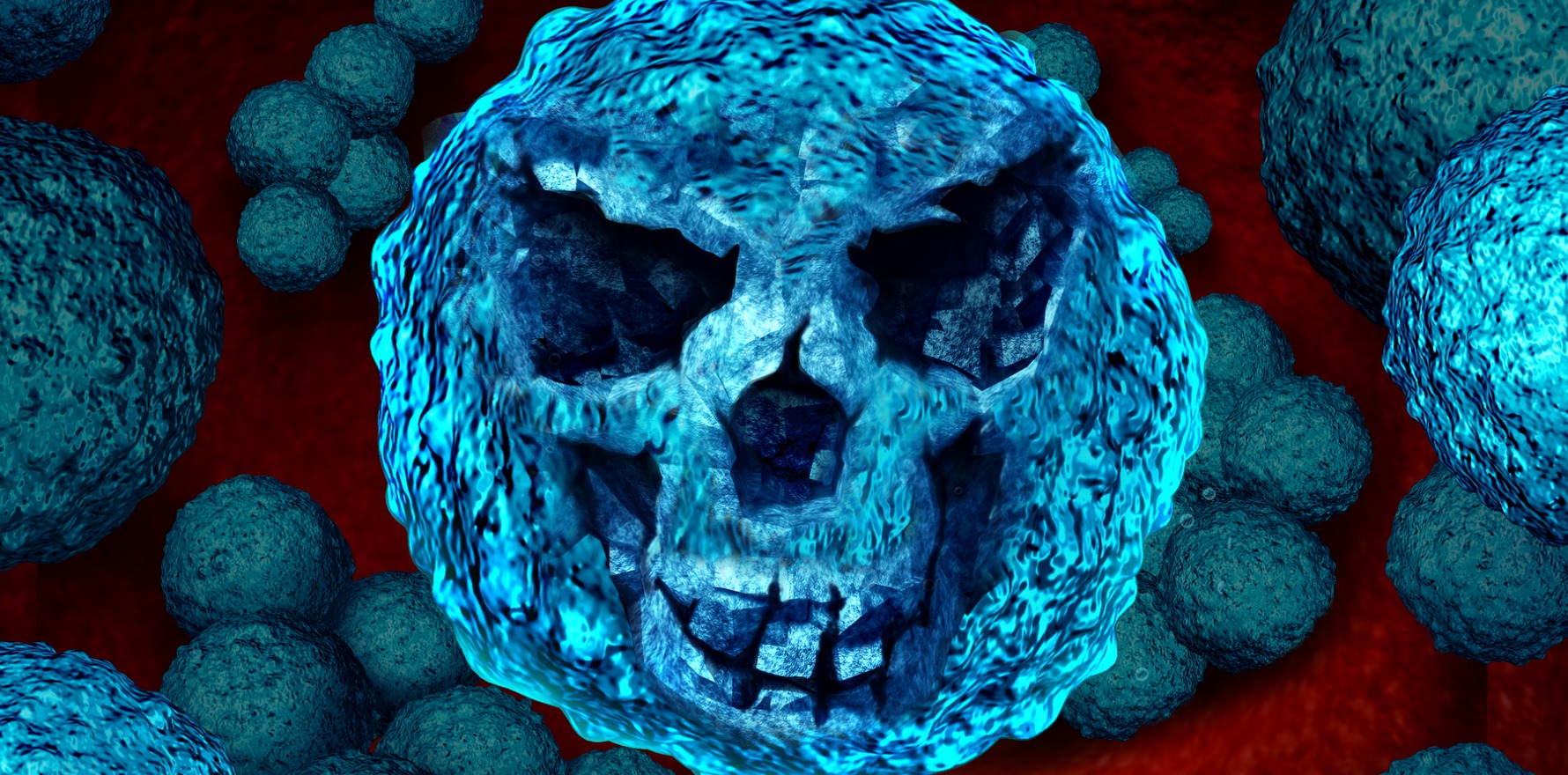Experts warn that even everyday surgeries might become too risky, and that an estimated 5000 Australians are already dying each year from the problem.
Antimicrobial resistance poses a “catastrophic” risk to modern medicine, Australian experts have warned.
It may already be responsible for 5000 deaths in Australia each year, according to Dr Branwen Morgan, lead of the CSIRO’s Minimising Antimicrobial Resistance Mission.
A report released today by the CSIRO and Australian Academy of Technological Sciences and Engineering (ATSE) highlights the scale of the problem and outlines practical steps to address it now.
Some of these solutions include integrated surveillance and sensing solutions; point-of-care diagnostics; vaccination technologies; antimicrobial surfaces; and air sterilisation technologies.
Specific examples included surface sprays that change colour when pathogens are present, toilets that detect and disarm harmful microbes before they reach our waterways – and even smart toothbrushes that detect pathogens and self-sterilise after use.
The report’s release comes at a fraught time for antimicrobial stewardship. Last week NSW Liberal-National Party committed to allowing pharmacist-prescribed antibiotics for UTIs, following in the footsteps of Victorian Premier Dan Andrews’ pre-election promise for a trial of pharmacist-led prescribing. And Queensland is also running a controversial pilot program that has been fiercely opposed by the RACGP.
Dr Morgan said antimicrobial resistance was recently designated one of the top 10 public health threats facing humanity by the World Health Organization (WHO).
“[Antimicrobial resistance] could render some of the most critical antimicrobial drugs ineffective, undermining modern medicine and making us vulnerable to drug-resistant infections,” Dr Morgan said.
“It is responsible for over 1.27 million deaths globally each year and the number is rising. In Australia, modelling suggests antimicrobial resistance could potentially be responsible for over 5000 deaths annually.”
Speaking at a briefing ahead of the report’s release, Dr Morgan said antimicrobials such as antibiotics were something taken for granted.
“But the reality is that today we’re really facing a time when you might next need antibiotics, they may not work,” she said.
“So you might get prescribed a different antibiotic, which also may not work and maybe nothing works. And this is a reality where bugs have developed resistance to the drugs and medicines designed to kill them. And it puts modern medicine at risk and makes infections deadly.”
She said addressing the antimicrobial resistance issue was critical for all Australians, especially the immunocompromised and people who require prophylactic antibiotics prior to surgery to prevent infection.
“If that’s not working, then everyday surgeries are going to become too risky that … people won’t want to do them. So modern medicine is absolutely at risk,” Dr Morgan said.
Sue MacLeman, an ATSE fellow, said that while this sounded alarming, it could not be ignored.
“We’ve had lots of very good drugs and antimicrobials on the market that we don’t have resistance to yet,” she told the briefing.
“But we know that we are getting a resistance problem, and that could well be catastrophic for both humans and animals.”
Ms MacLeman, former chair and now advisor to MTPConnect, a growth centre for the medical technologies, biotechnologies and pharmaceuticals sectors, told the briefing the report had identified the key challenges and opportunities for Australia to reduce the impact of antimicrobial resistance.
“Rather than consider the discovery of new antibiotics, which is, which is a topic that’s been covered very extensively by others, this report focused on new and emerging technology-based solutions that could prevent the evolution and spread of antimicrobial resistance,” she said.
The report made two key recommendations, including to:
- Establish centralised coordination and leadership that aligns and coordinates antimicrobial stewardship activities across human health, animal health and environmental health sectors both here and abroad; and
- Streamline and optimise the commercialisation process to support Australian AMR solutions entering the market.
Dr Morgan said she supported the establishment of a nationally led CDC-like organisation in Australia.
“That would be a great place to have an AMR focus,” she said. “We have spoken with and work with the CDC in the US that have a group focused on antimicrobial resistance. Their remit really is to do a lot of the surveillance work around where the drug resistant infections are occurring, and to advise on the response.”
However, she said it would not be the whole answer.
“There is a real opportunity there to have AMR at the centre of that CDC, but it won’t be the entirety of what is needed, because you’ll still need that fundamental research, that technology focus, that horizon-focused view into what are the new technologies that we might need to bring through, how do we need to adapt the regulations so that we can get them into the hands of those that need them more quickly,” she said.






